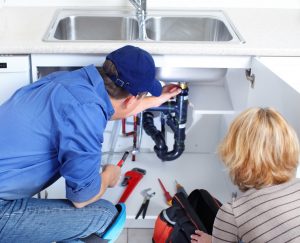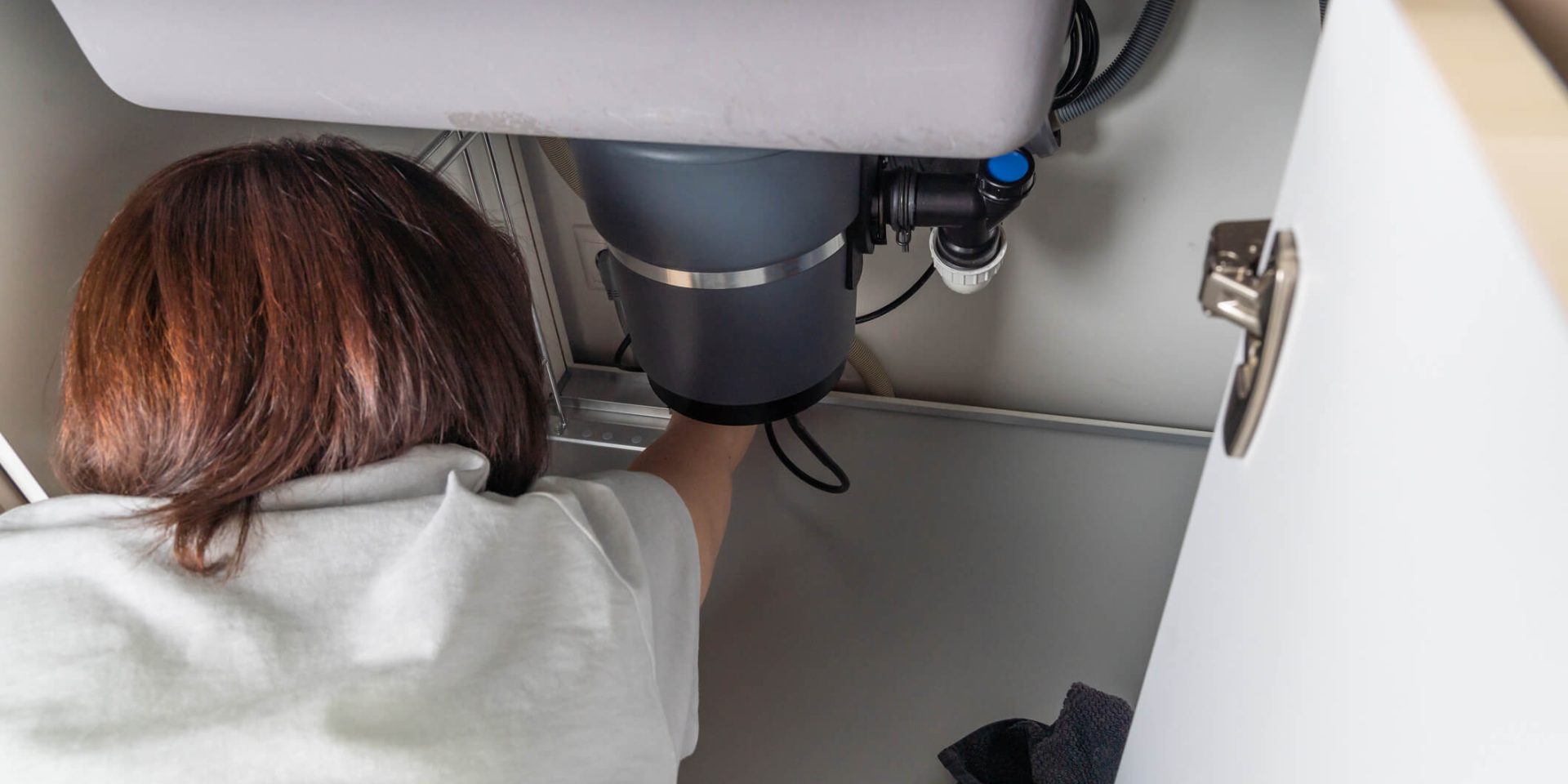Your Comprehensive Guide to Fixing a Leaky Garbage Disposal
Your Comprehensive Guide to Fixing a Leaky Garbage Disposal
Blog Article
The article listed below about Tips on Fixing a Leaking Garbage Disposal is highly entertaining. Read it for your own benefit and see what you think of it.

Garbage disposals are crucial kitchen appliances that assist in disposing of food waste successfully. However, a leaking waste disposal unit can be a frustrating and messy problem to deal with. Fortunately, numerous leakages can be repaired conveniently with a couple of simple actions. In this short article, we will discuss how to repair a dripping garbage disposal successfully.
Introduction
Waste disposal unit are set up under kitchen sinks and are designed to shred food waste into smaller sized items, allowing it to travel through the pipes system easily. While these gadgets are usually reliable, leaks can happen with time because of damage, loosened links, or damage to the system.
Step-by-Step Guide to Dealing With a Dripping Garbage Disposal
Switch off the Power
Prior to attempting any repairs, make certain that the power to the garbage disposal unit is shut off to avoid the danger of electric shock.
Locate the Leak
Recognize the exact place of the leak and figure out the reason
Tighten Links
Make use of a wrench to tighten up any type of loose connections in between the disposal device and the plumbing system.
Replace Seals or Gaskets
If the leakage is due to worn seals or gaskets, eliminate the old parts and change them with new ones.
Patching Fractures or Openings
For fractures or openings in the disposal device, usage epoxy or a suitable patching material to seal the broken area.
Determining the Resource of the Leakage
Before attempting to take care of a leaking garbage disposal, it is vital to recognize the resource of the leakage. This can usually be done through visual evaluation or by conducting straightforward tests.
Visual Inspection
Inspect the garbage disposal device very carefully for any indicators of water leak. Pay attention to locations around seals, gaskets, and connection points.
Testing for Leaks
One method to evaluate for leakages is by running water through the disposal system and checking for any type of visible indicators of leakage.
Typical Reasons For Leaks in Rubbish Disposals
Worn Seals and Gaskets
Seals and gaskets play a vital duty in stopping water from dripping out of the waste disposal unit. Gradually, these components can weaken, causing leaks around the disposal unit.
Loose Links
The connections in between the garbage disposal and the plumbing system can come to be loose gradually, causing water to leakage out throughout procedure.
Cracks or Holes in the Disposal Unit
Physical damage to the waste disposal unit, such as splits or holes in the housing, can likewise lead to leaks.
Tools and Products Needed for Repairing a Leaking Garbage Disposal
Before beginning the fixing process, collect the necessary devices and materials, including a screwdriver, flexible wrench, plumbing's putty, replacement seals or gaskets, and epoxy or patching product for fixing splits or holes.
Evaluating the Waste Disposal Unit After Repair
When the repair service is complete, check the waste disposal unit by running water with it to make certain that the leakage has been fixed.
Preventive Maintenance Tips to Stay Clear Of Future Leakages
To avoid future leaks, it is vital to do routine upkeep on your garbage disposal. This consists of maintaining it clean, avoiding placing non-food things or hard things down the disposal, and occasionally looking for leaks or other issues.
Verdict
To conclude, dealing with a leaking waste disposal unit is a relatively straightforward process that can be completed with standard devices and materials. By following the steps outlined in this article and exercising preventative maintenance, you can keep your garbage disposal in good working condition and avoid pricey repairs in the future.
HERE’S HOW TO FIX YOUR GARBAGE DISPOSAL
WHAT TO DO IF SOMETHING IS STUCK IN YOUR GARBAGE DISPOSAL
If the impeller won’t turn, there’s probably something stuck in the disposal. It could be a steak bone or peach pit, although plumbers report pulling all sorts of inappropriate objects out of disposals, such as bottle caps or aluminum foil. Make sure power to the disposal is off, and look inside to see if you can see the source of the jam.
Never stick your fingers in a disposal. Pull out anything you see with tongs or pliers.
If the disposal still won’t work, it may be time to call a plumber or consider buying a new disposal. GEM Plumbing & Heating is here for all of your garbage disposal needs.
WHAT TO DO IF YOUR GARBAGE DISPOSAL DRAIN IS CLOGGED
Take everything out from underneath your sink and put a bucket or other container under your disposal to catch any water that drains out. Disconnect your disposal from the power supply. If it’s plugged into a wall outlet, unplug it. If it’s hardwired into an electrical box, go to the electrical panel and turn off the breaker for the disposal. Pour ¼ cup of baking soda into the drain, followed by ½ cup of white vinegar. Give the solution a few minutes to fizz and do its work. Look into the disposal with a flashlight to see if you can see an object that might be causing the clog. If you see it, remove it using tongs or pliers. MORE TIPS ON DEALING WITH A CLOGGED GARBAGE DISPOSAL
Never use drain cleaner in a garbage disposal. It can damage the plastic parts inside the disposal. You can also be splashed with the caustic liquid while working to clear the clog. Beware! Never stick your fingers into a garbage disposal. Trust us — not a good idea. In many instances, your dishwasher drains through your garbage disposal. This allows the disposal to grind any large food particles that may be drained out of your dishwasher. There are some jurisdictions, however, where the plumbing code prohibits such a connection. WHAT TO DO WHEN YOUR DISHWASHER DRAINS THROUGH THE DISPOSAL
Run some water in the sink so your plunger has at least a ½-inch of water to create a seal and plunge vigorously up and down several times. You may need to repeat this several times. Run hot water down the drain to clear any residue that remains.

I am just very serious about Why Is and I am hoping you appreciated our blog post. For those who appreciated our blog post plz remember to pass it around. Thank-you for taking the time to read it.
Booking Page Report this page